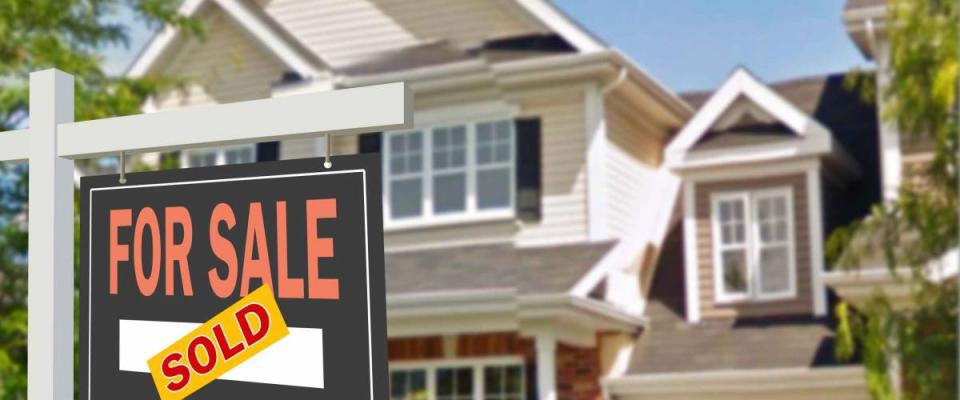Why the Coronavirus Scare Could Lower Mortgage Rates

Unease over the deadly coronavirus may force historically low mortgage rates to fall even further.
At least five people in the U.S. have been infected with the so-called Wuhan virus, a new variety of coronavirus named for the Chinese city at the center of the outbreak. Shares tumbled on Wall Street, and the Dow Jones Industrial Average fell 450 points on Monday as the death toll in China passed 80 people.
Jittery investors are funneling their money into the safety of U.S. Treasury bonds rather than volatile stocks. As the demand for Treasuries rises, their yields decrease.
What does that have to do with the housing market? Historically, 30-year fixed mortgage rates have closely followed the yield of 10-year Treasuries — which have been dropping to their lowest levels since October.
Low mortgage rates pump up home sales

Low mortgage rates
Homebuyers have already been capitalizing on today’s remarkably low mortgage rates.
An estimated 694,000 new single-family houses traded hands last month, according to government figures released Monday. That’s a surge of 23% compared to sales in December 2018.
The Federal Reserve cut interest rates three times in 2019, helping to buoy the housing market. Last year, the average rate for a 30-year fixed mortgage was just 3.9%. Compare that to the record low of 3.12% all the way back in November 2012.
With the government’s preliminary numbers in for the final month of 2019, it’s clear just how strong the market was last year. For every 10 homes sold in 2018, buyers in 2019 scooped up one more.
And rates just keep going lower. Mortgage company Freddie Mac reported last week that the average for a 30-year fixed mortgage sank to 3.6% — the lowest rates for January in seven years. The mortgage giant’s sister firm, Fannie Mae, expects to see such rates hold steady throughout 2020.
Home prices are rising, too

Home prices are rising.
Despite those incentives, the new government data shows the number of homes sold in December dipped 0.4% below November, marking three months of declining sales.
Sales in the South, which accounted for half the nation’s total, tumbled 15% that month, while the Northeast saw a drop of 11.8%. A 10% rise in sales in the Midwest and spike of 31% in the West balanced out the losses.
Tight supply continues to be a limiting factor. Last month ended with 327,000 new houses up for sale, compared to 346,000 on the market at the end of December 2018.
Couple that with the high demand from low mortgage rates, and house prices are bound to keep rising. The median sales price in December was $331,400, up 0.5% from a year ago.
It’ll take some time, but help is on the way for prospective homebuyers. In a flurry of activity not seen since the housing crisis, construction began on 1.6 million homes last month, up 40.8% from December 2018.


